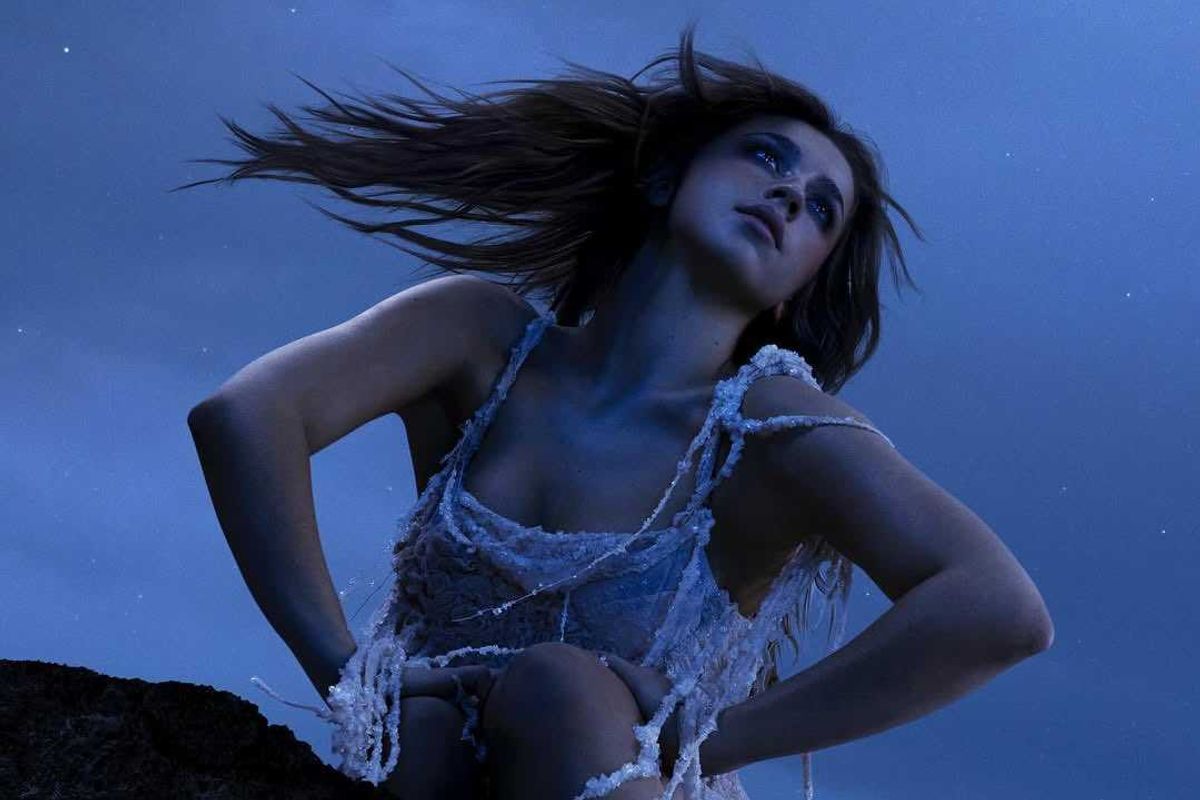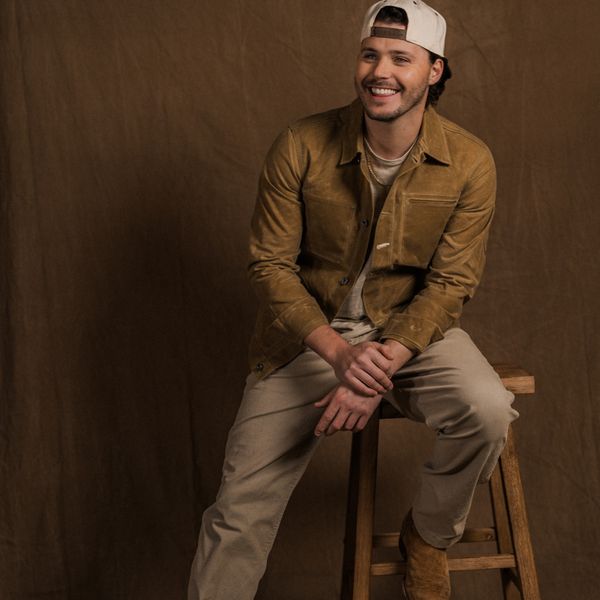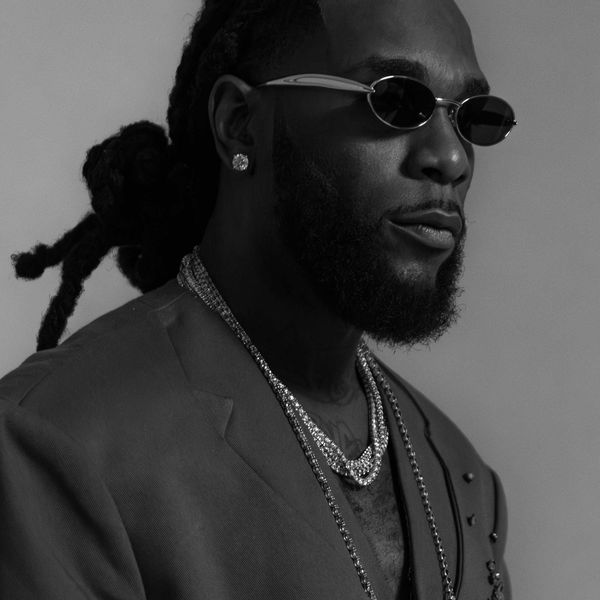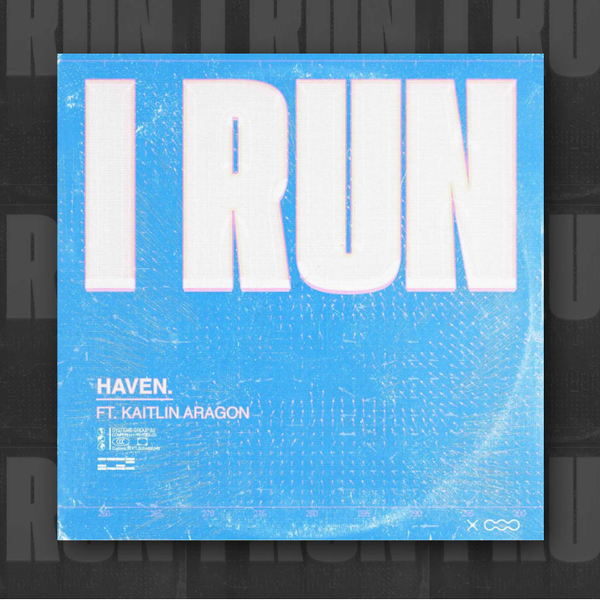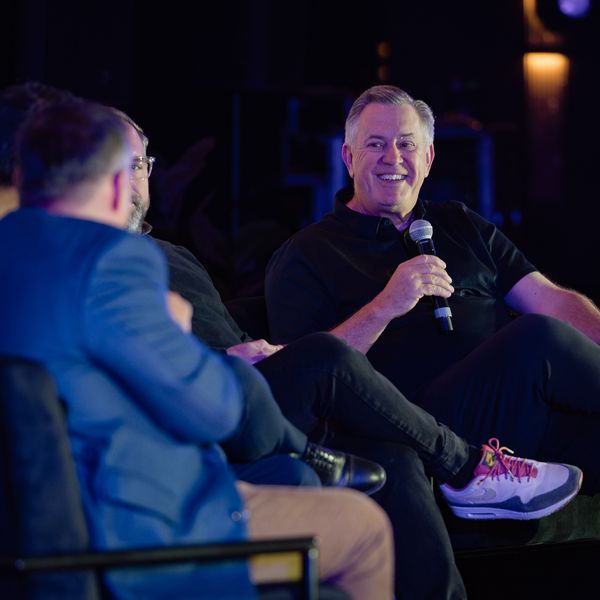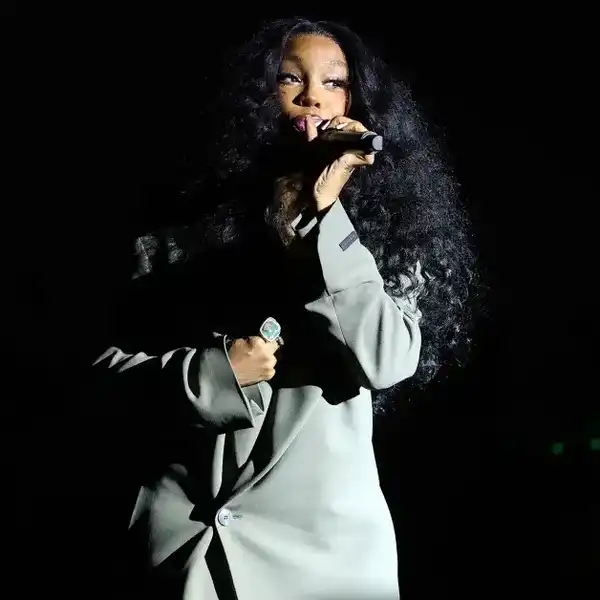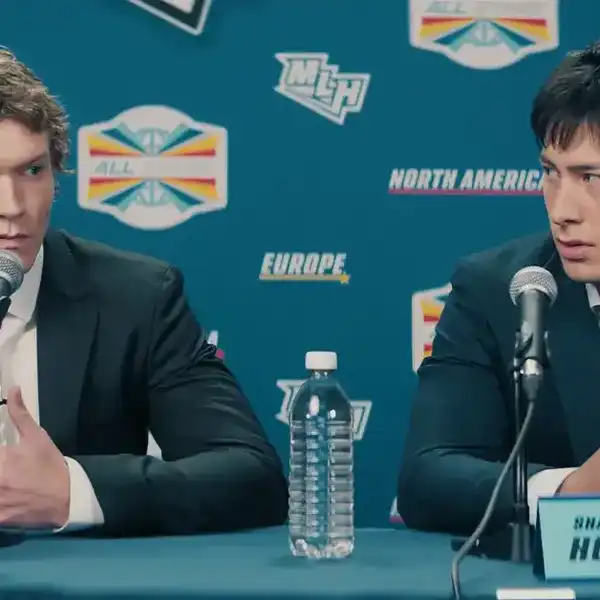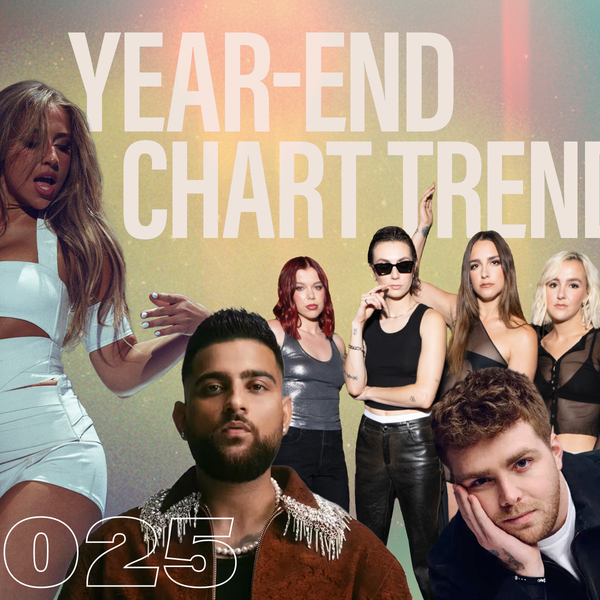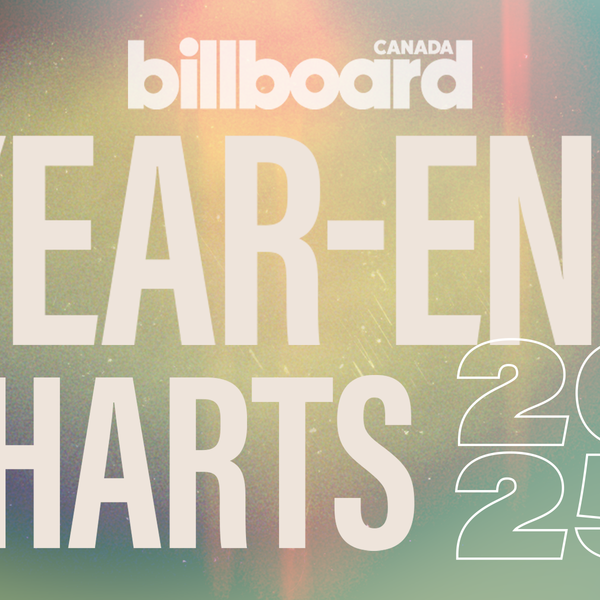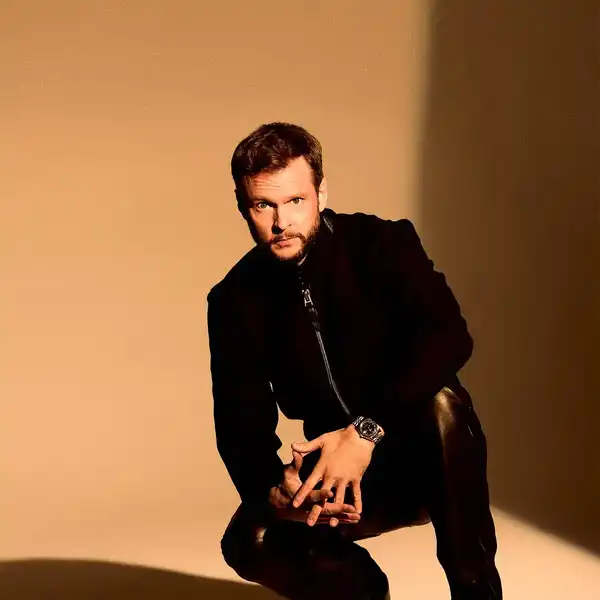Five Questions With... Anna Mernieks of Beams
Beams has been winning over crowds across North America with their hard to classify sound for the last five years and fans can catch up with them again at a CMW calendar event at Lee's Palace on May 9.

By Jason Schneider
Beams is a Toronto band that has embraced contrasts from the start—even their name has opposing connotations, calling up images of something both solid and permeable, light and dark. With Teach Me To Love, their second full-length album, released in late February, the band is in full command of their contradictions. Recorded at Toronto’s Union Sound Co by Ian Gomes (Hooded Fang, OdonisOdonis) Teach Me To Love’s ten songs are subtle and spacious in their arrangements, while at the same time Beams’ seven members bring propulsive energy to everything they play. The results are catchy as hell and full of, not nostalgia, but a longing for something you know you can never have.
Beams has been winning over crowds across North America with their hard to classify sound for the last five years. Led by Anna Mernieks and her banjo, the band also includes brothers Dave and Keith Hamilton on mandolin and singing saw/vibraphone respectively, drummer Mike Duffield and bassist Craig Moffatt providing both backbone and pulse, and Martin Crawford’s guitars lifting the songs as high as Mernieks’ and Heather Mazhar’s weightless harmonies.
Teach Me To Love finds Beams much more at home in the realm of psych-folk, a genre whose dual nature manages to encompass the sprawling beauty of these new songs. Mining her experiences and her imagination in equal measure, Mernieks’ lyrics turn the everyday into the unbelievable, blurring reality, but only at its edges.
Beams will perform during Canadian Music Week in Toronto on May 9 at Lee’s Palace. For more info go to beamstheband.com
What makes Teach Me To Love stand apart from your previous work?
We had the luxury of time with this album. We worked hard in pre-production to make sure we could focus on choosing the best takes and tones. For example, instead of experimenting with tempos and such, since we had that all down, we spent a whole week on drums, and we had six bass tones going on to choose from. The result is lush and more orchestral than any of our previous recordings.
What songs on the record do you feel best capture your musical vision?
I feel like “Live in the Real World” turned out perfectly—groovy and understated. “Dreamcatcher” also turned out very close to how I envisioned it. The more upbeat songs near the beginning are more true to how we usually play live, but I don't feel we've quite hit the mark on their production. I still think they sound great though.
Your most recent trip to the U.S. was eventful. Can you explain what happened?
Our trips are always super-eventful. We're still driving ourselves between gigs, crashing on people's floors, booking small venues off the beaten path. In general, we had an incredible time, thanks to all of the people who helped us along our way.
But one of the weirdest things that happened was in Austin at SXSW. We were having a grand old time at the bar where our friends ’band Dentist from Asbury Park was playing. One of our band members—who I'll not name—had a cider that seemed to give him an allergic reaction that seemed to make him super sensitive to alcohol. We left the bar to go to another show, and he started moving through the crowd like everyone was swimming. Of course, I ran behind, filming. We were making a bit of a scene. When we got close to the next venue, he ran ahead of us and started throwing fake punches at people. After apologizing for him, I asked him to simmer down so we could get into the Swan Dive to see Grand Analog. He said okay, but as I was looking for my ID he got denied entry, and his reaction was to run away. In the time it took me to figure out what had happened, he turned a corner and disappeared.
I don't know Austin well, and all I could picture was the people who he'd been fake-punching tracking him down. So I started calling his phone over and over until he miraculously answered. When he finally picked up, and I asked where he was, he replied, ‘German Haus! Woohoo!!’ I searched up what that was, without hanging up, and we played the ‘what do you see’ game until we were able to find each other. He said he had been going to the van but he’d been running directly away from the van. So I linked my arm with his to keep him from running again, and we jogged the whole way back to the van. The lesson we now know is that when he gets blackout drunk, he runs.
What song in your catalogue means the most to you, and why?
We have a song called "The Midwest" which is very dear to my heart. I wrote it about my mom before she moved back to Oklahoma. I was leaving on a trip to the States and I stopped by to see her and say goodbye. She has chronic pain, and when I hugged her, I felt all of her bones. The prescription that she was on was killing her; she was 5'11" and only 93 pounds. So I felt like I might be driving away from her for the last time. I was afraid that she wouldn't be alive when we got back from our trip. The song "The Midwest" is about fearing her death, driving through the prairie sunset and feeling her presence all around, a blaze of sweet southern glory sinking into the night.
We haven't recorded that one yet, though. On the new album, "Apartment In My Head" has a lot of meaning for me. It's a simple plea to be free of the bad memories associated with growing up amid domestic violence. The cherries in the window refer to police cherries; their flashing lights kept me awake as a kid, and a flashing alarm of anxiety echoes in my mind now.
What's been the most significant change in your life over the past year?
The biggest change in my life this year is the record being out. We worked on it for so long and in such a dark time of my life that the shift between anticipating it to finally having it out was a big change. My life is full of change though—new jobs, new apartment, new side projects. The album being out changed the whole background of all that. For so many years the question was, ‘how do we make this? How do we support it? Is it ready? Will we survive to release this?’ Now the question is, ‘We survived, it's out, we're touring it, what's next?’

